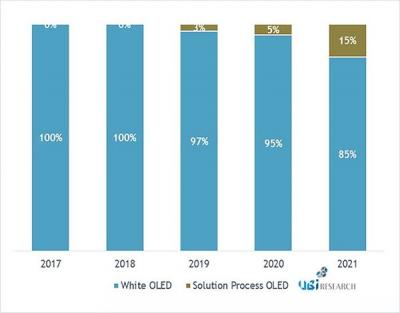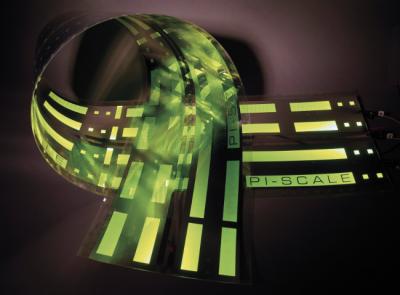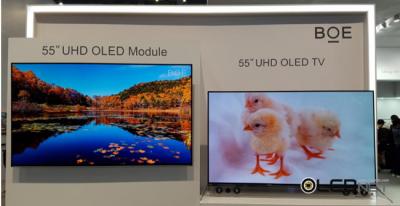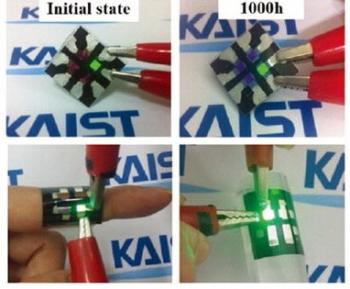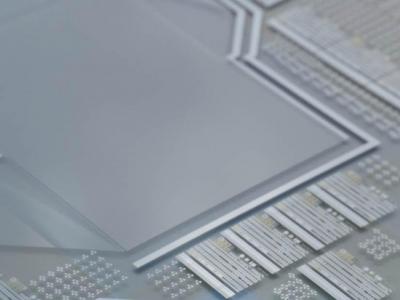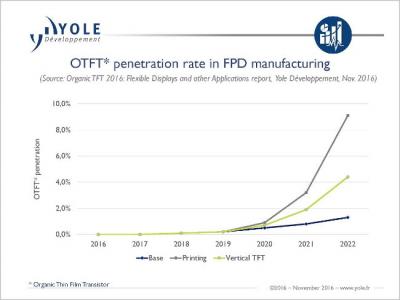UBI says almost 100 million AMOLED panels were shipped in Q3 2016
UBI says that in Q3 2016, shipments of AMOLED panels for smartphones reached 96 million. This is an increase of 148% over Q3 2015 and a 103% increase over Q2 2016.
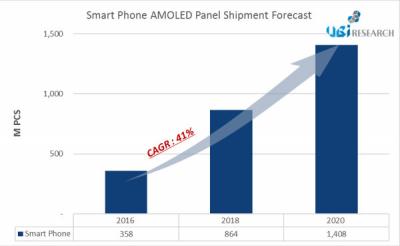
UBI sees AMOLED shipments increasing in a CAGR of 41% from 2016 to 2020, to reach 1.4 billion units in 2020. Flexible OLEDs will amount to about 60% of all AMOLED shipped by 2020.


